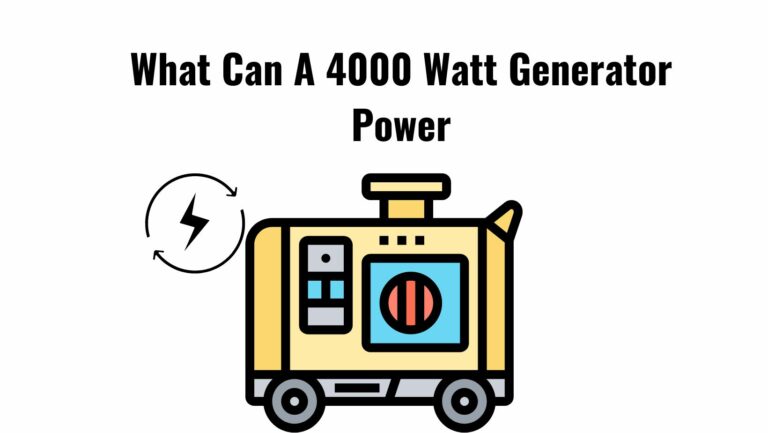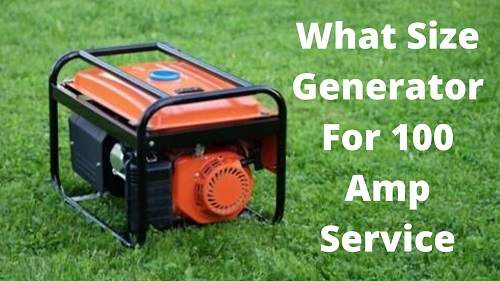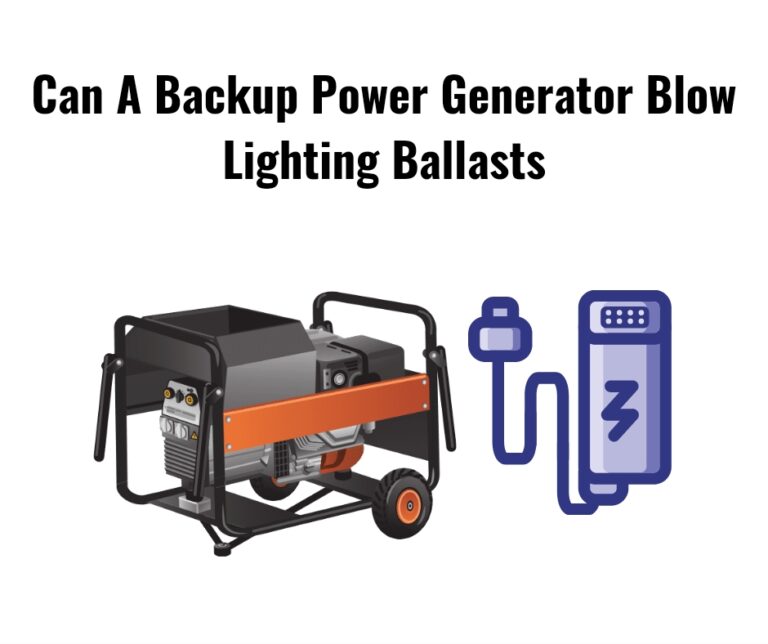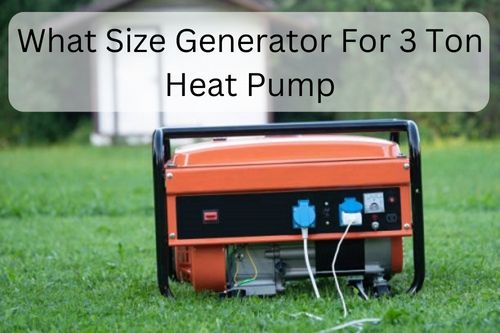
Generators are a reliable source of backup power for businesses and homeowners. But how do they work? In this post, we’ll take a look at the basics of how generators function and some of the most common applications for them.
We’ll also explore some of the benefits that generators can provide for your home or business during an emergency.
How Does A Generator Work?
A generator is a machine that converts mechanical energy into electrical energy. The most common type of generator is a combustion engine, which burns fuel to create power.
When the engine is running, it turns a turbine, which in turn rotates an electromagnetic field inside a coil of wire. This rotating field generates an electric current, which is sent to a transformer. The transformer increases the voltage of the current, making it suitable for powering electrical devices.
What Are The Most Common Applications For Generators?
Generators are most commonly used as a backup power source for businesses and homes. In the event of a power outage, a generator can keep essential appliances and devices running until power is restored.
Generators are also used to power construction equipment, RV campers, and other recreational vehicles. They are also a common sight at outdoor events, such as concerts and festivals, where they provide power for lighting and sound equipment.
What Are The Benefits Of Using A Generator?
There are several benefits of using a generator, including:
-Reliability: Generators are a reliable source of backup power.
-Convenience: A generator can be used to power essential appliances and devices during a power outage.
-Versatility: Generators can be used for a variety of applications, including construction, recreation, and events.
-Safety: A generator can provide power for lighting and other devices during an emergency situation.
Generators are a versatile and reliable source of power. If you’re looking for a backup power solution for your home or business, consider investing in a generator.
Parts of generator
A generator is made up of three main parts: the stator, rotor and windings.
Stator
The stator is the stationary part of the generator and is usually made up of an iron core with copper windings wrapped around it.
Rotor
The rotor is the rotating part of the generator and is usually made up of a large magnet.
Windings
The windings are the wires that connect the stator and rotor and carry the electricity.
Functioning of a generator
When the generator is running, the rotor spins inside the stator. This movement creates a magnetic field that runs through the stator. The windings in the stator are connected to a power source, such as a battery. As the magnetic field moves through the windings, it creates an electric current. This current is then sent to a load, such as a light bulb or appliance, where it is used.
Engine of Generator
The engine of a generator is what creates the power to turn the rotor. The engine can be a combustion engine, which burns fuel to create power, or it can be a water turbine, which is turned by moving water.
When the engine is running, it turns the rotor, which in turn creates the magnetic field. The engine must be able to run continuously in order for the generator to generate power.
Load
The load is the device or appliance that uses the electricity generated by the generator. The load can be anything that uses electricity, such as a light bulb, television, or refrigerator.
Types of Generators
There are two main types of generators: portable and standby.
Portable generators are small, self-contained units that can be used to power a variety of devices. They are often used during power outages or as a backup power source for construction equipment.
Standby generators are larger units that are permanently installed at a home or business. They are typically used as a backup power source in the event of a power outage.
Conclusion
A generator is a device that converts mechanical energy into electrical energy. The most common use for generators is to create electricity, which can be used to power homes or businesses.
Generators are also used in a variety of other applications, such as powering vehicles or providing backup power during an emergency. There are several different types of generators, each with its own advantages and disadvantages.
Understanding how a generator works is essential for selecting the right type of generator for your needs.






